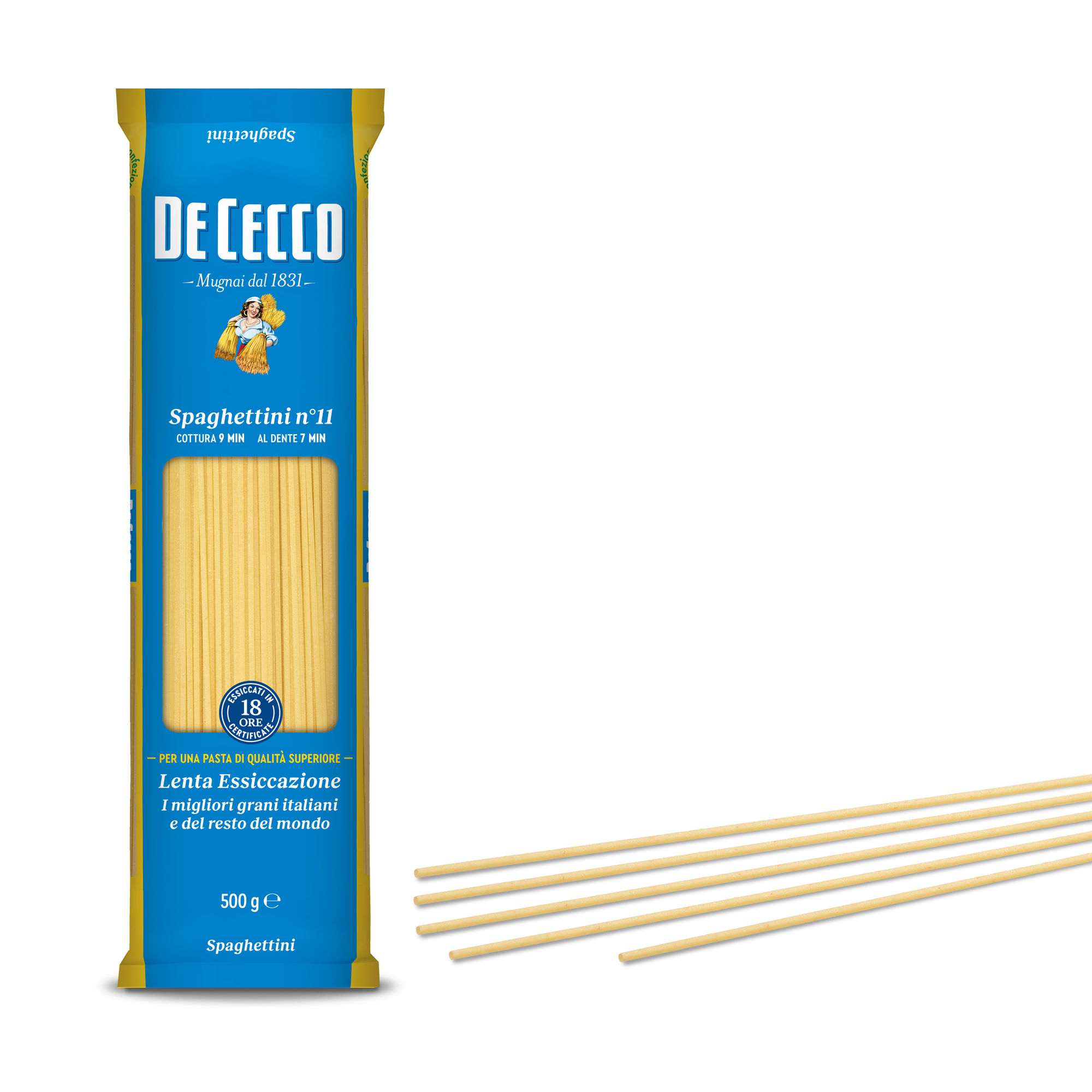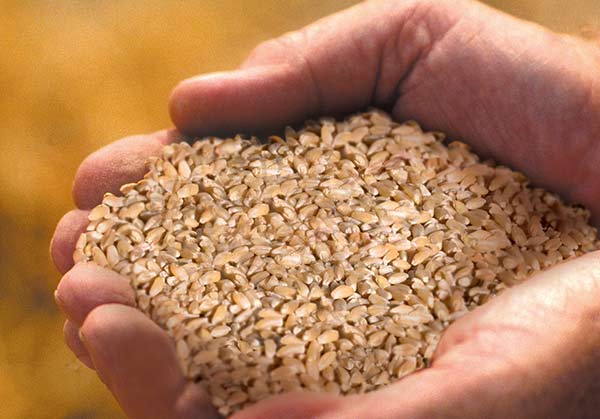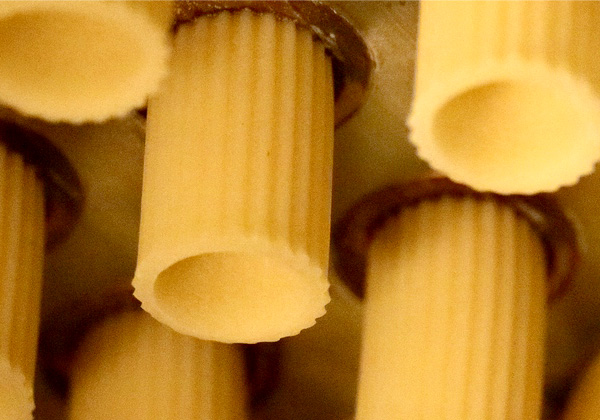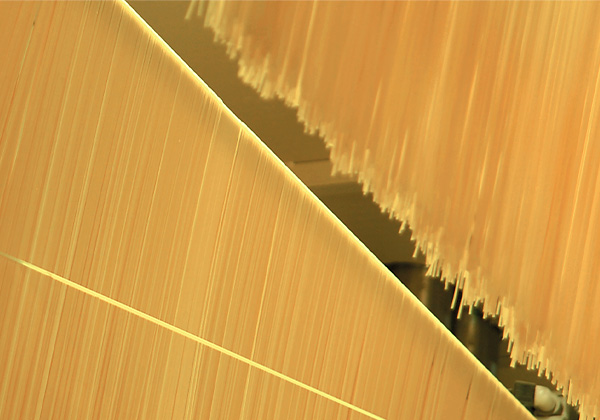Penne Piccole Rigate n° 177
Penne Piccole Rigate belong to the family of Penne, but differ in diameter as they are slightly smaller.
In Italian, the term "Penne" refers to the goose feather which was used historically to write with and was cut on a diagonal to achieve a really thin tip. The shape, obtained from a pasta tube, can be smooth or ridged, of varying length and has the typical diagonal cut of a quill.
Penne are one of the few types of pasta for which there is an exact date when it was created. Indeed, in 1865, a pasta-maker from San Martino d'Albaro (Genoa), Giovanni Battista Capurro, requested and obtained a patent for a diagonal cutting machine. The patent was important because it meant the fresh pasta could be cut like a quill without crushing it and in different lengths from 3 to 5 centimetres (mezze "half" penne or penne). The document preserved in the Central Archive of the State of Rome reads: "Up until now, a diagonal cut could only be made by hand with a pair of scissors which, in addition to being slow and time-consuming, also resulted in an irregular cut which flattened the pasta".
Penne Piccole Rigate are excellent for preparing pasta dishes with meat ragù made from beef or pork. They also adapt perfectly to sauces made from vegetables such as aubergines, peppers, courgettes and artichokes or to more extravagant recipes with salmon or vodka.
Available in 500g or 3 Kg packs.
- Cooking time: 11 min - Al dente: 9 min
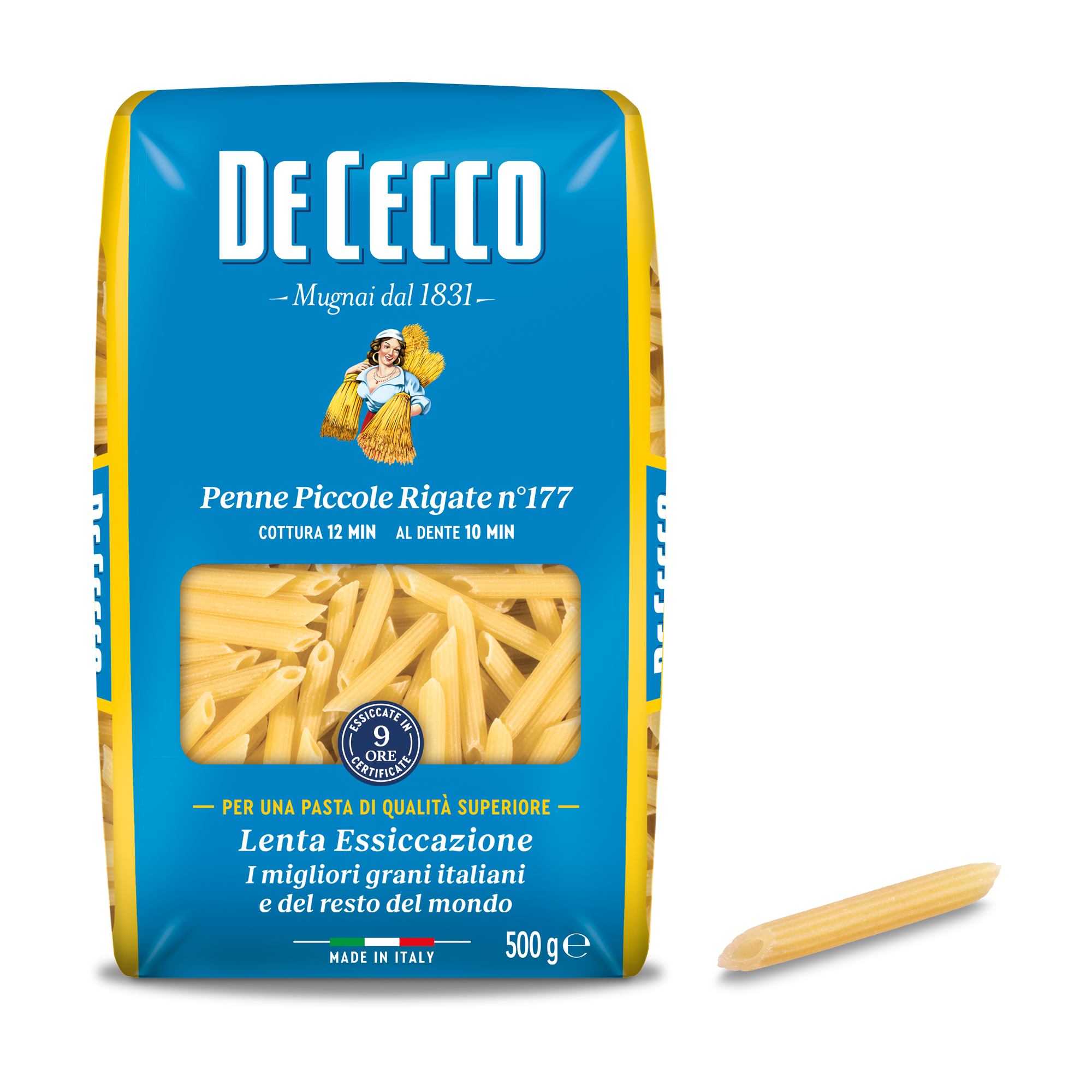
Our method
Spaghettini n° 11
